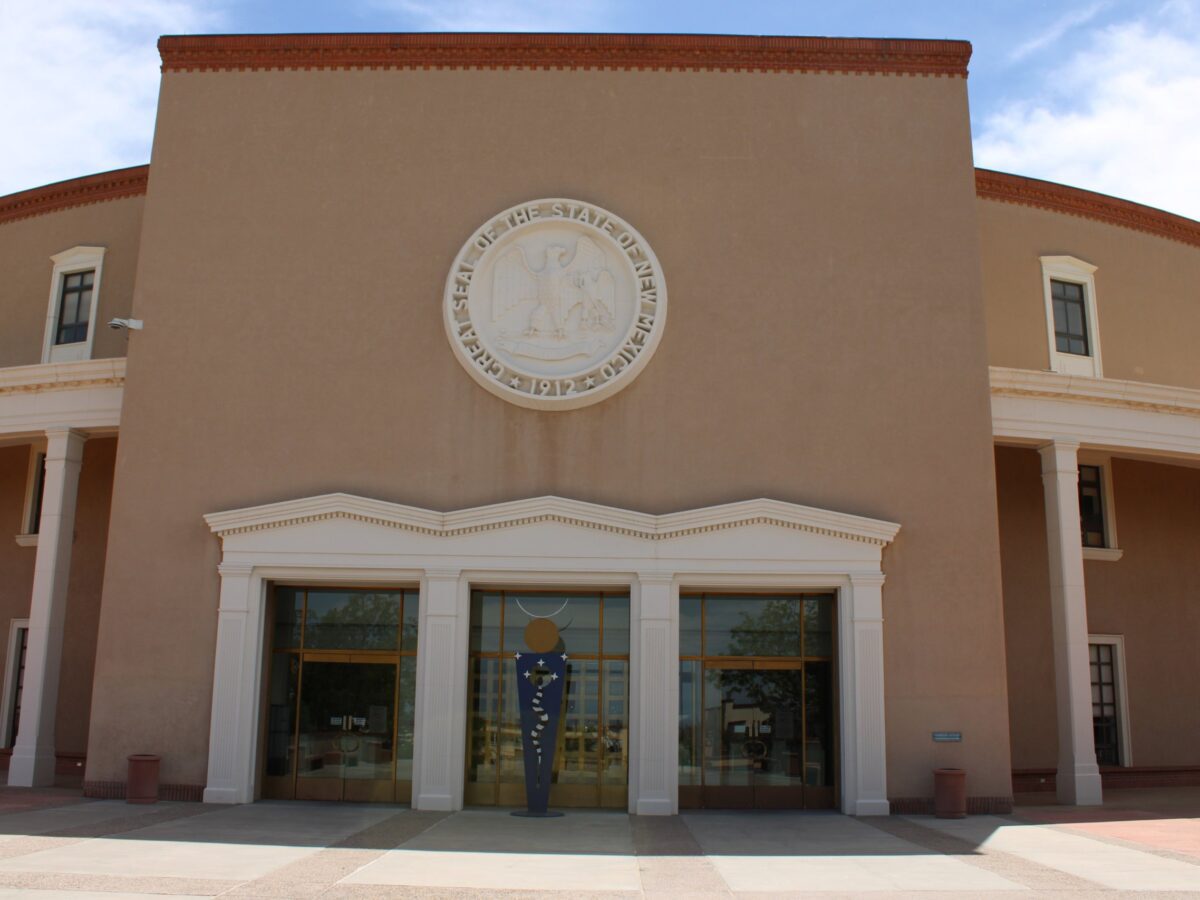The influential Legislative Finance Committee announced its December meeting agenda, including an important update on the state’s budget situation. The meeting from Dec. 9 to Dec. 13 in Santa Fe will begin the public portion with updates on the general fund revenue projections, which will guide the Legislature’s budget process in the upcoming legislative session. […]




